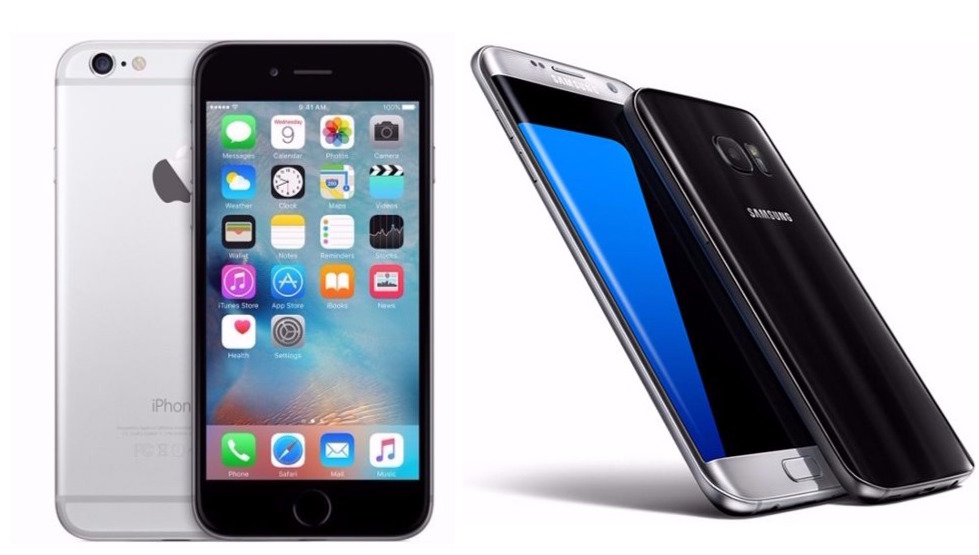Whether or not it is rocking a Snapdragon 820 or an Exynos 8890 processor, the Samsung Galaxy S7 has proved to be tough to beat in all departments. Rising from the criticism of the Galaxy S6, the S7 is turning out to be probably the best smartphone so far in 2016. The Snapdragon 820 and Exynos 8890 are on the top when it comes to benchmark scores such as GFXBench and Geekbench.
The folks from tech site Gizmodo have conducted a test, comparing this year’s flagship handsets from major OEM’s, the iPhone SE and the older iPhone 6 from 2014. The test, or rather, the competition was ran using Gamebench, measuring FPS on each device, alongside CPU and GPU performance plus energy consumption. The results that came out may be astonishing to some, so do read on with some form of discretion.
Based on FPS on the graphics-intensive Lara Croft Go, coming in first place is the A9 chip underneath the hood of the 4-inch iPhone SE hitting the 60fps limit, followed not by the S7, but rather, the iPhone 6 with Apple’s A8 chip, both of which are from 2014. The nearly two year old Apple flagship scored only one less than the iPhone SE, scoring 59fps. At this point, you’re probably guessing that Snapdragon 820 devices will most likely score high 50’s in terms of FPS, but it wasn’t the case. In third place sits the Snapdragon 820 Galaxy S7, which ran on only 44 frames per second, quite a gap behind the iOS handsets. The HTC 10 also scored 44fps and the LG G5 came at 42fps.
The key to Apple topping the charts in somewhat real life performance is optimization. Considering the amount of devices running iOS compared to Android, coupled with the fragmentation issue across the Android platform, it isn’t much of a surprise that games and other apps are better optimized for iOS devices, not to mention an easier process for developers as well. Apple has reported a 79% adoption rate for its latest iOS 9 as of March 7th, whereas the adoption rate for Android Marshmallow as of two weeks ago is at a mere 4.6%, with majority of Android users still stuck at Kit Kat (33.4%). The release of the Vulkan API allows developers to utilize GPU’s of Android devices more efficiently, but a significant improvement won’t likely be seen in the near future.
Source: Gizmodo


